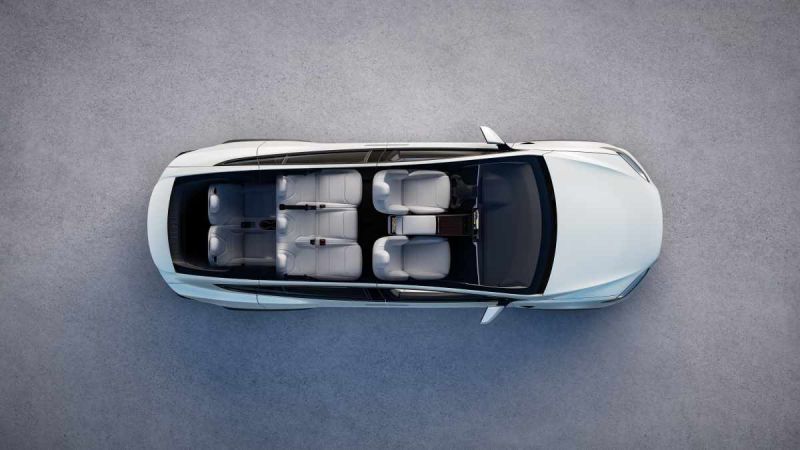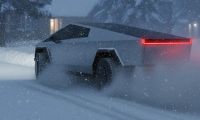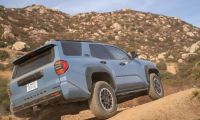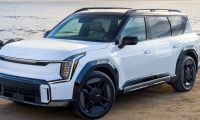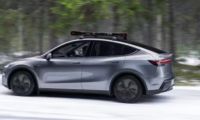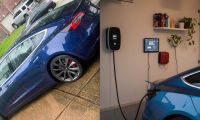Tesla FSD and Rendering Lane Markings
There is a video from @ray4tesla, and it shows a Tesla driving on a road with no lane markings. What's interesting about this video is that the tesla visualization is showing a middle lane marking, about where there would be one if it was painted on the road.
At first glance, this may not seem like a big deal, but if you really look at it, it is a big deal and here's why. A Tesla vehicle needs to be able to drive itself anywhere in order to reach a level where autonomous vehicles are driving all over the street.
In this case, Tesla's FSD software is deducing where the yellow line would be on the road if it was painted there. This is similar to what a human does when they drive on a road like this - you stay to the right and on that half of the road. Even better, the software draws its own yellow line to make it more clear and is probably using some kind of math equation to do so.
Tesla used to position the vehicle near the middle of the road in this case when it was on a side road or unmarked road, but now it is doing a better job staying off the center of the road. This will ease people who would get nervous by a Tesla driving near the center of the road.
You may also be interested in:
- Like a giant sports car - the Tesla Model X Plaid.
- How much can the Cybertruck tow and what range will be lost?
- Tesla vehicles can handle extreme cold and heat.
Is It Ready for Wide Release By the End of 2023?
What's happening in this case is that tesla FSD is extrapolating the lanes based on the width of the road - it has to be doing that and using the width it sees and dividing it by 2. Many places have faded or no lane markings, and Tesla needs to be able to do this everywhere.
Elon Musk has done two things this year. First, he has bet Tesla - the entire company - on a fleet of autonomous Tesla vehicles being turned on at some point in the future. Elon believes this will be by the end of 2023, and he has promised this numerous times without delivery.
Like any person who tends to be optimistic, they aren't always going to be right on timing, but the optimism will keep them going until the objective is achieved.
I see a Tesla being able to drive better than an average person by the end of 2023 and, over the next few years, being able to drive MUCH better than the average person.
By 2027, Tesla vehicles should be super human at driving, and it should be as important to used FSD and self-driving software as it is to wear a seat belt in a car.
Driving through a random neighborhood tonight & found something interesting. There are no markings on the road & yet FSD visualizes the solid yellow center line. pic.twitter.com/Nzi34Hpi0x
— Ray (@ray4tesla) April 21, 2023
What do you think of Tesla doing the rendering of where the lane markings should be? Will this get Tesla closer to autonomy?
In Related News: Tesla Model Y Is Starting to Lead the World in Sales
Leave your comments below, share the article with friends and tweet it out to your followers.
Jeremy Johnson is a Tesla investor and supporter. He first invested in Tesla in 2017 after years of following Elon Musk and admiring his work ethic and intelligence. Since then, he's become a Tesla bull, covering anything about Tesla he can find, while also dabbling in other electric vehicle companies. Jeremy covers Tesla developments at Torque News. You can follow him on Twitter or LinkedIn to stay in touch and follow his Tesla news coverage on Torque News.


